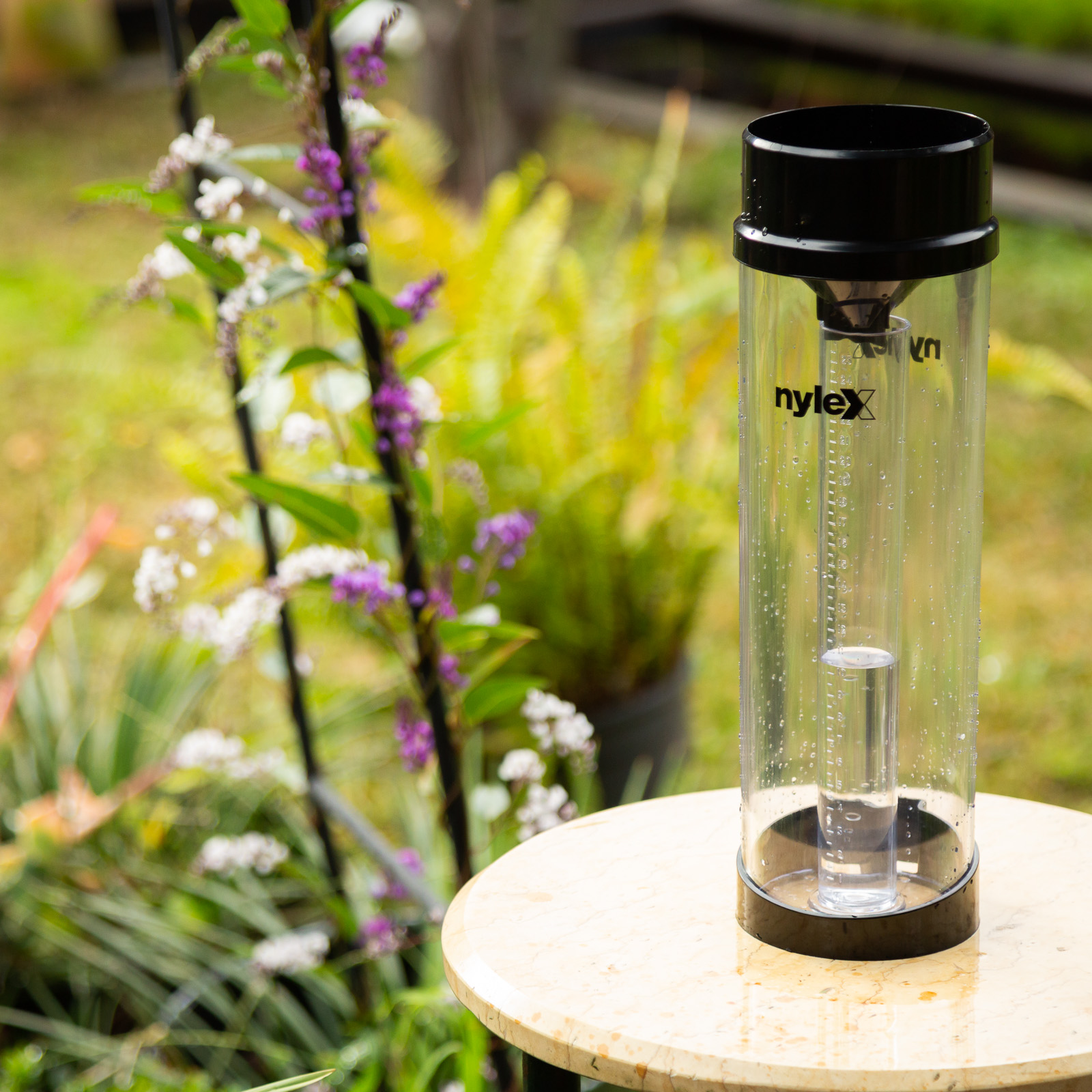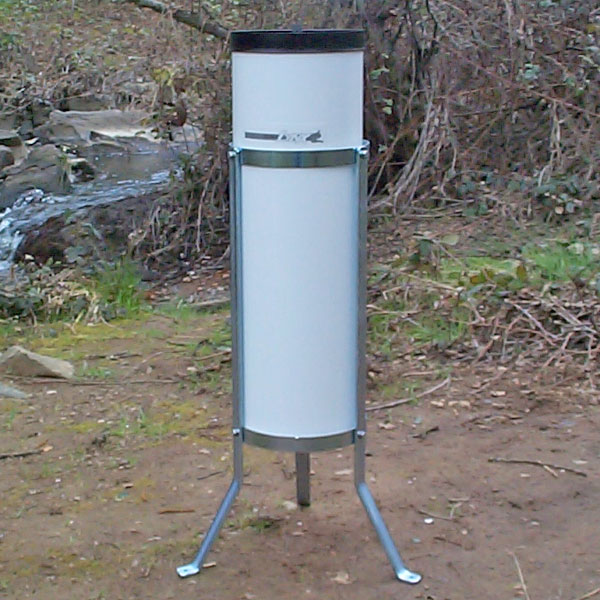Introducing the Science Behind Rain Assesses: How These Devices Play a Crucial Function in Environment Research and Ecological Monitoring
Rainfall determines, relatively basic gadgets, hold a profound value in the world of environment research and ecological monitoring. As we peel off back the layers of this scientific shroud surrounding rain evaluates, we reveal a globe where precision, data precision, and meticulous observation merge to introduce a deeper understanding of our changing environment and its influence on the planet.
Importance of Rainfall Gauges
Rain determines play an indispensable role in surveillance and determining precipitation degrees, giving crucial data for environment study and evaluation. These tools are basic in evaluating the amount of rainfall that happens in a certain location over a certain duration. By determining and accumulating rainwater, rain evaluates deal useful understandings into the circulation and intensity of precipitation, helping meteorologists, hydrologists, and climatologists in understanding weather patterns and trends.
Among the key reasons why rain assesses are essential is their capability to provide accurate and local data. Unlike satellite or radar-based measurements, which provide wider monitorings, rainfall evaluates deal specific details particular to the location where they are positioned. This local information is important for numerous applications, including flood projecting, drought surveillance, and water resource administration. Furthermore, long-lasting data accumulated from rainfall evaluates aids in evaluating climate adjustment impacts and patterns, adding dramatically to clinical research and decision-making processes. Basically, rainfall gauges act as essential devices in the field of meteorology and ecological science, playing a vital duty in advancing our understanding of weather and environment characteristics.
Types of Rainfall Gauges

Capability and Procedure
In the realm of climate research study and meteorological studies, the performance of rainfall determines depend on their intricate capability and specific operational mechanisms. Rainfall gauges are made to properly measure the amount of rainfall that falls over a specific location during a set duration. These gadgets normally consist of a channel that gathers rain and networks it into a determining tube. The gauging tube is noted with calibrated dimensions that enable the specific metrology of rainfall.
The performance of rainfall evaluates is based upon the concept of collecting and gauging rain in a standard manner. This collected data is essential for understanding regional weather patterns, tracking long-lasting environment trends, and examining ecological impacts. To make certain exact measurements, rain gauges need to be strategically placed in open areas far from blockages such as buildings or trees that might interfere with the collection process.
The functional element of rain evaluates includes normal navigate to this website upkeep to stop particles buildup, calibration checks to maintain measurement accuracy, and data videotaping for evaluation (rain gauge). Overall, the performance and operation of rain determines are vital for collecting reliable precipitation data vital to climate research and environmental monitoring
Role in Climate Research
Offered the critical importance of accurate rainfall dimensions in comprehending weather patterns and environmental influences, the duty of rainfall determines in climate research study is vital. Rainfall assesses give necessary information for climate research by evaluating the amount of rainfall that drops over a certain area throughout a given period. This information is crucial for checking long-lasting patterns in rainfall patterns, assessing the effect of climate change on rains circulation, and improving climate designs.

Environment scientists utilize data collected from rain evaluates to analyze variations in precipitation degrees, identify local climate patterns, and assess the performance of water source monitoring methods. By comparing historical precipitation data with current dimensions, researchers can detect shifts in rainfall patterns, such as changes in the frequency or intensity of rains occasions. This details is crucial for recognizing exactly how climate adjustment is influencing precipitation dynamics and can aid policymakers make notified choices relating to adjustment and mitigation approaches.
Applications in Environmental Monitoring

In flooding forecasting, rain scale information aids to track rainfall intensity and circulation, permitting authorities to provide timely cautions and take needed procedures to reduce flood threats (rain gauge). Drought monitoring depends on rainfall gauge information to examine wetness levels in the dirt and track precipitation deficits, assisting in the identification of drought-prone areas and the execution of dry spell action techniques
In addition, rain scale information plays a vital function in water source management by supplying information on water accessibility and use patterns. In addition, in farming, rain gauge data aids farmers in optimizing irrigation routines, plant option, and total farm administration techniques based on local look here precipitation patterns.
Final Thought
To conclude, rainfall assesses are crucial devices for gauging rainfall, offering useful data for Recommended Reading climate research study and environmental tracking. With different kinds and functionalities, rain evaluates play a critical function in understanding precipitation patterns and their impact on the setting. By precisely measuring rainfall, these tools add to the innovation of clinical knowledge and help in making educated choices relevant to water resource monitoring and disaster readiness.
Rainfall assesses play a crucial function in monitoring and gauging rainfall levels, providing crucial information for climate study and analysis. The basic rainfall gauge, known as the "tipping pail" gauge, is one of the most generally utilized devices. Ultrasonic rainfall evaluates usage noise waves to detect the visibility of rain, giving real-time data on rainfall levels.Environment researchers make use of data accumulated from rain determines to evaluate variants in precipitation levels, determine regional environment trends, and examine the performance of water resource management approaches.In final thought, rain gauges are essential devices for determining precipitation, supplying important data for environment research and ecological tracking.